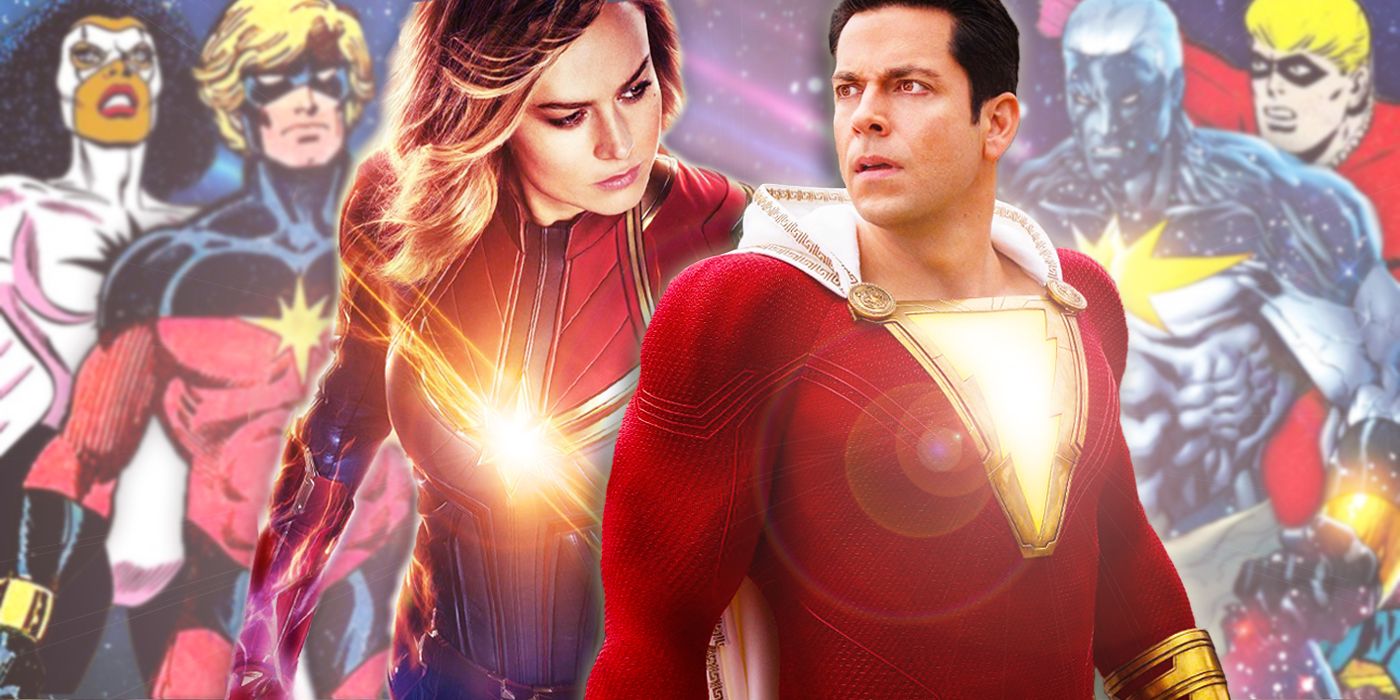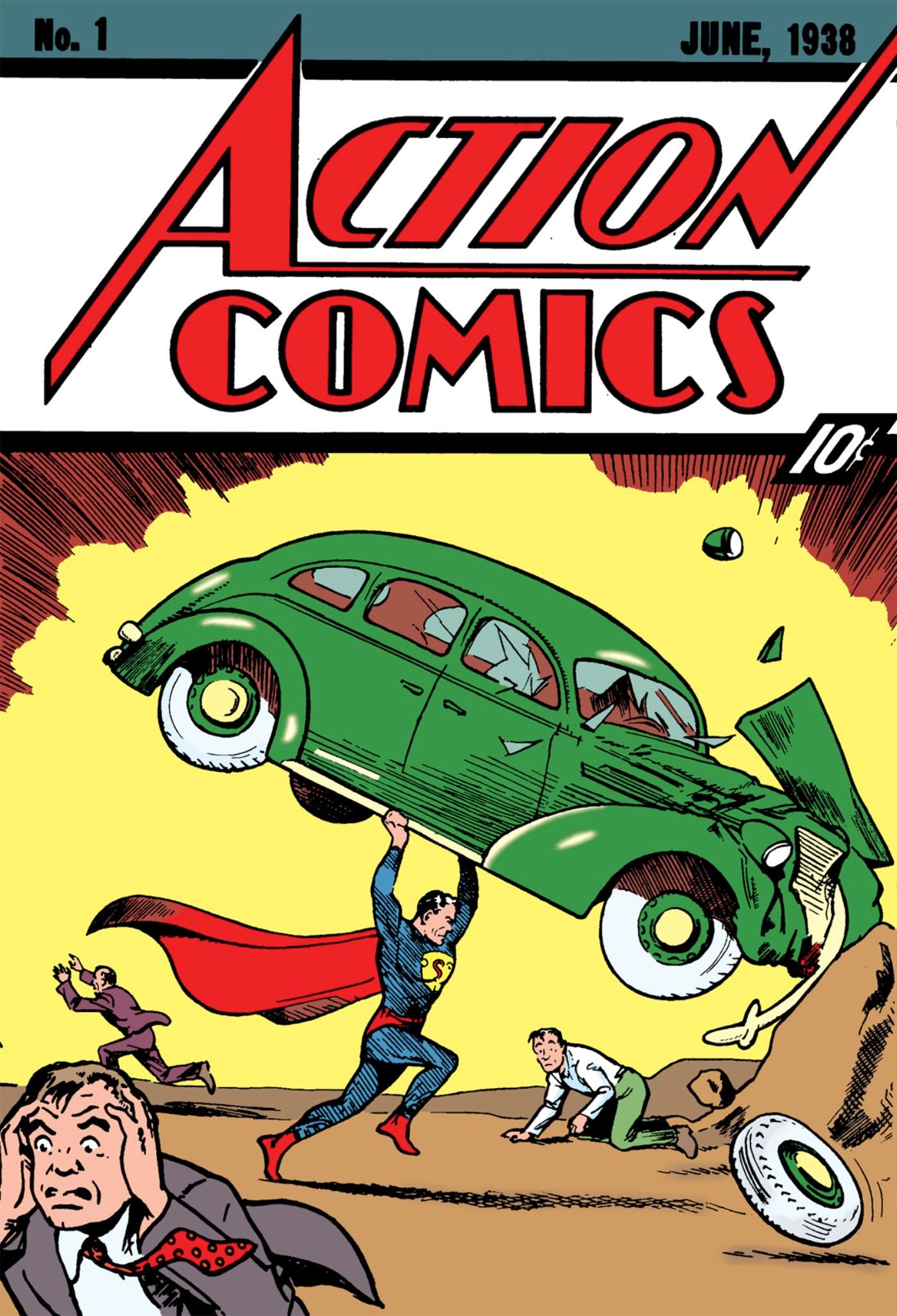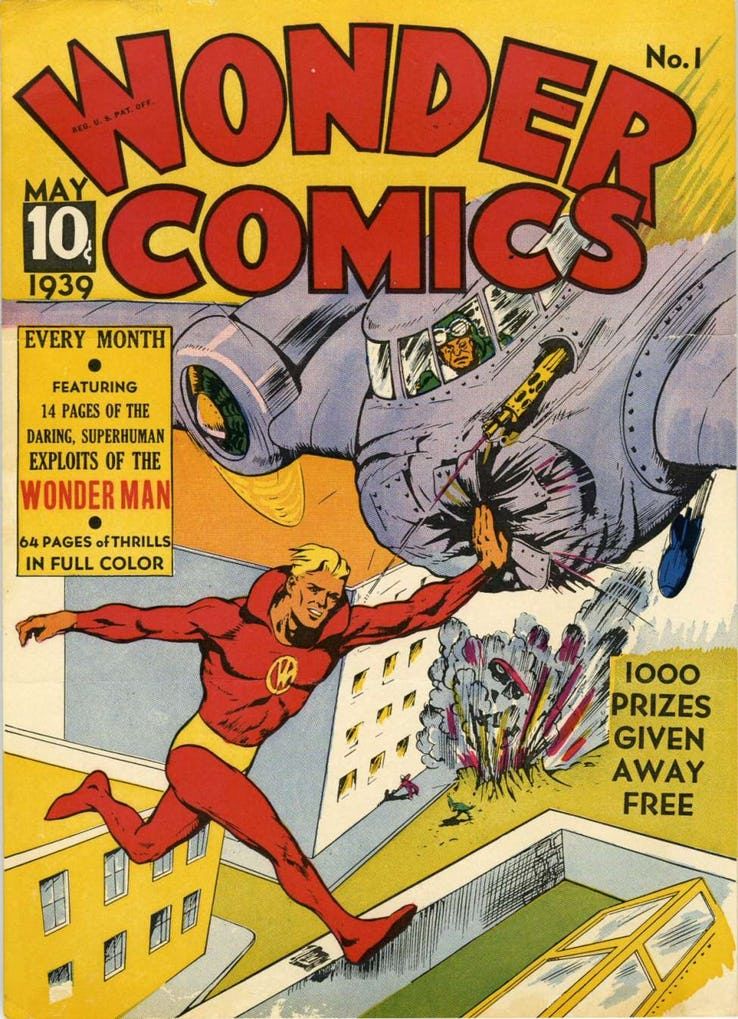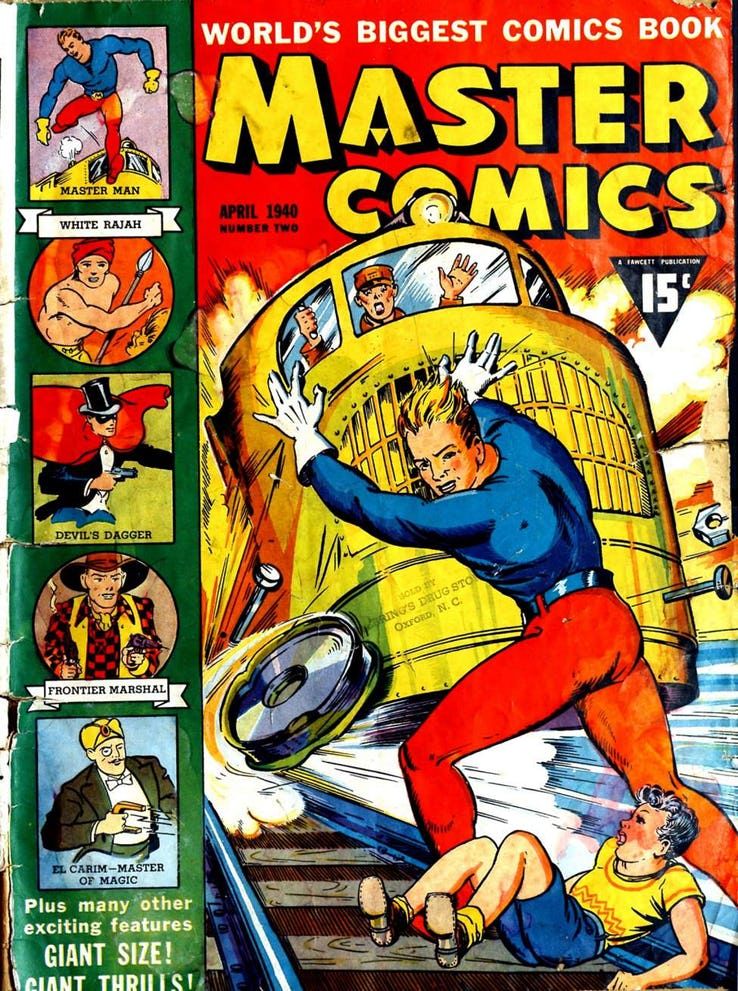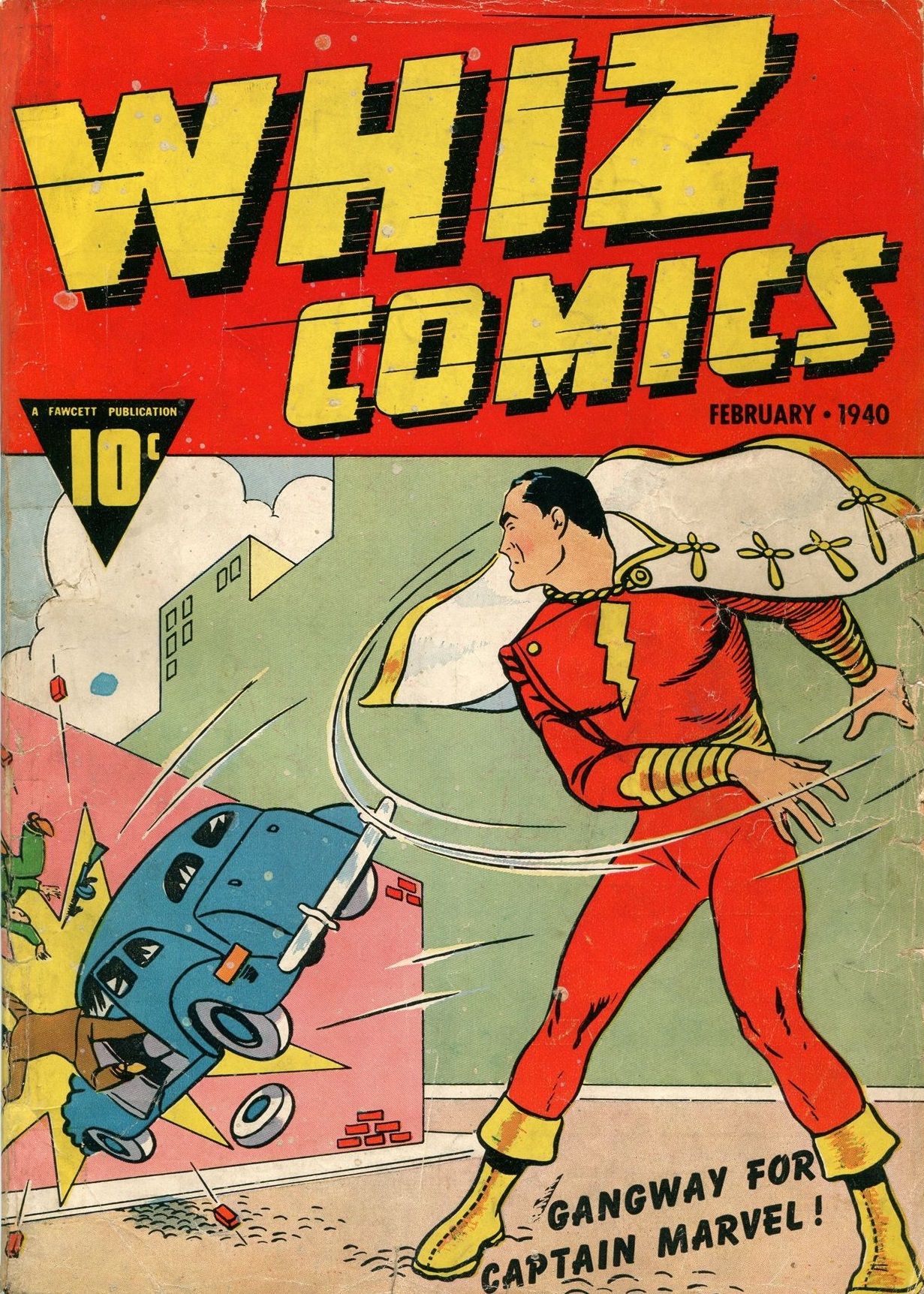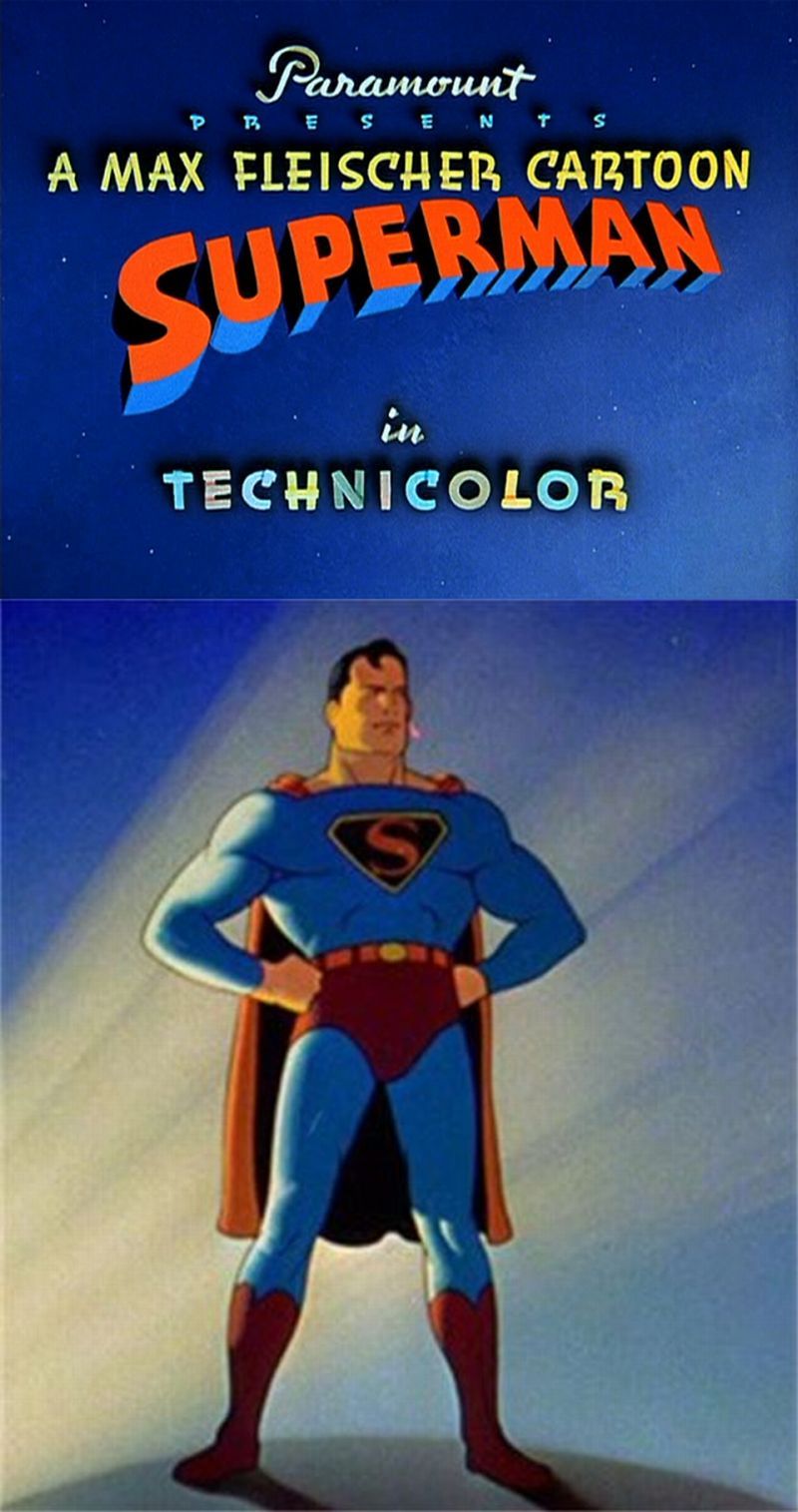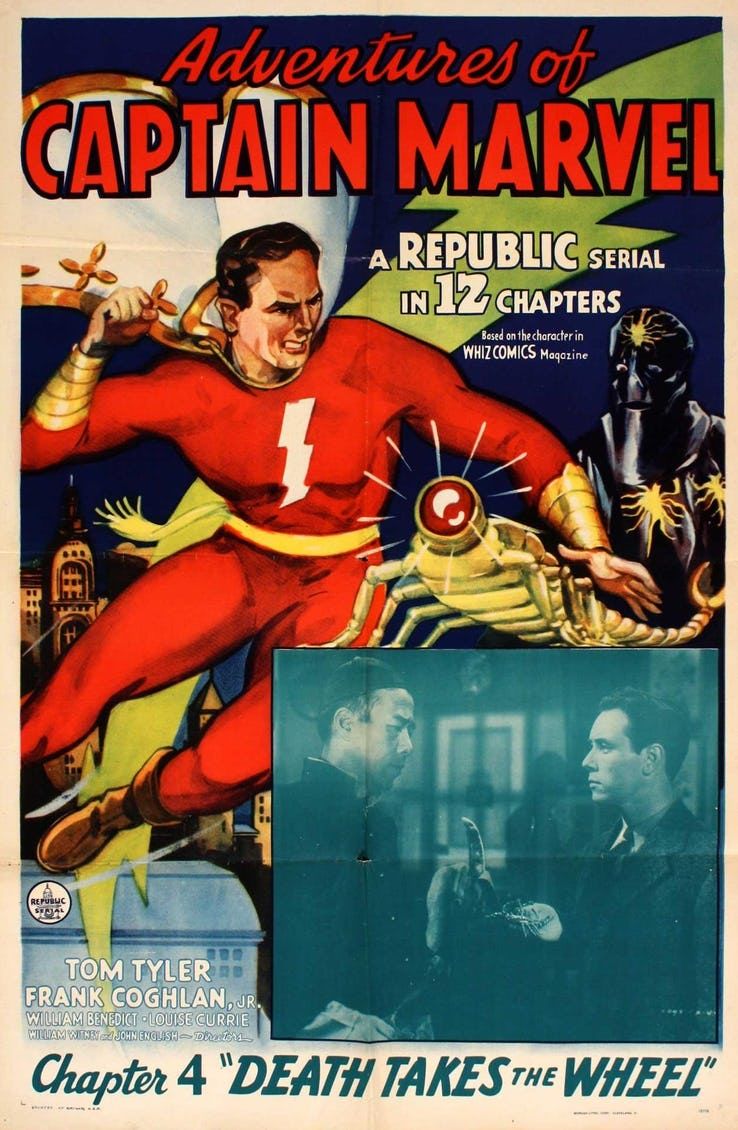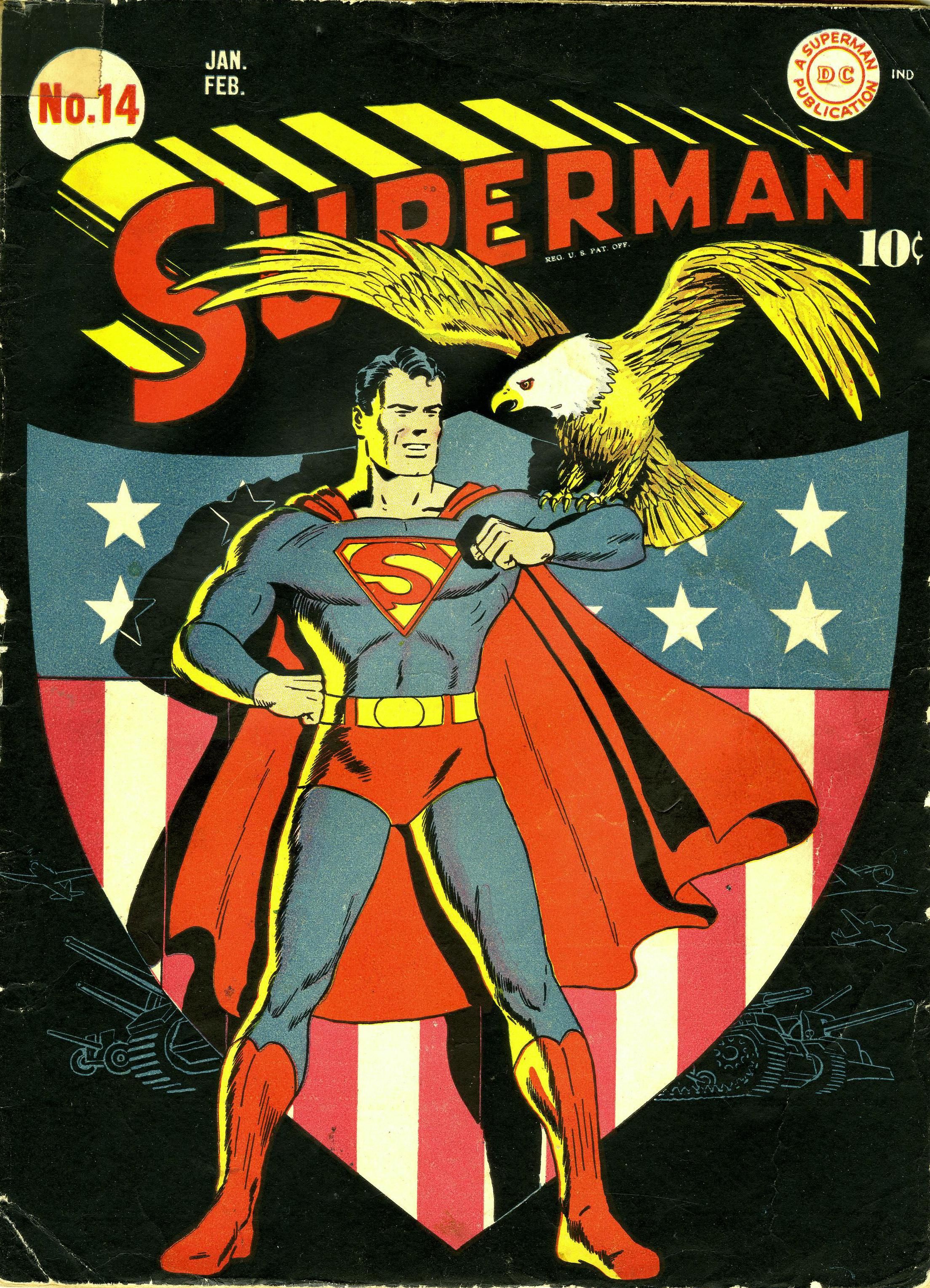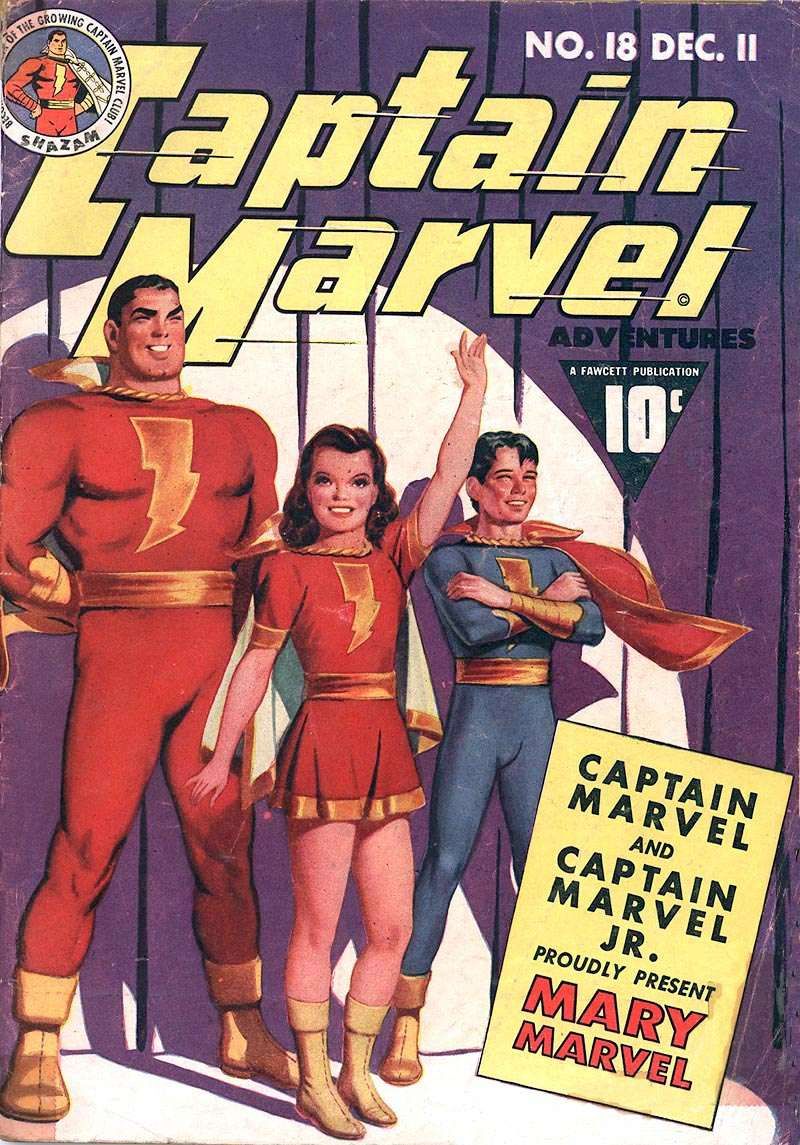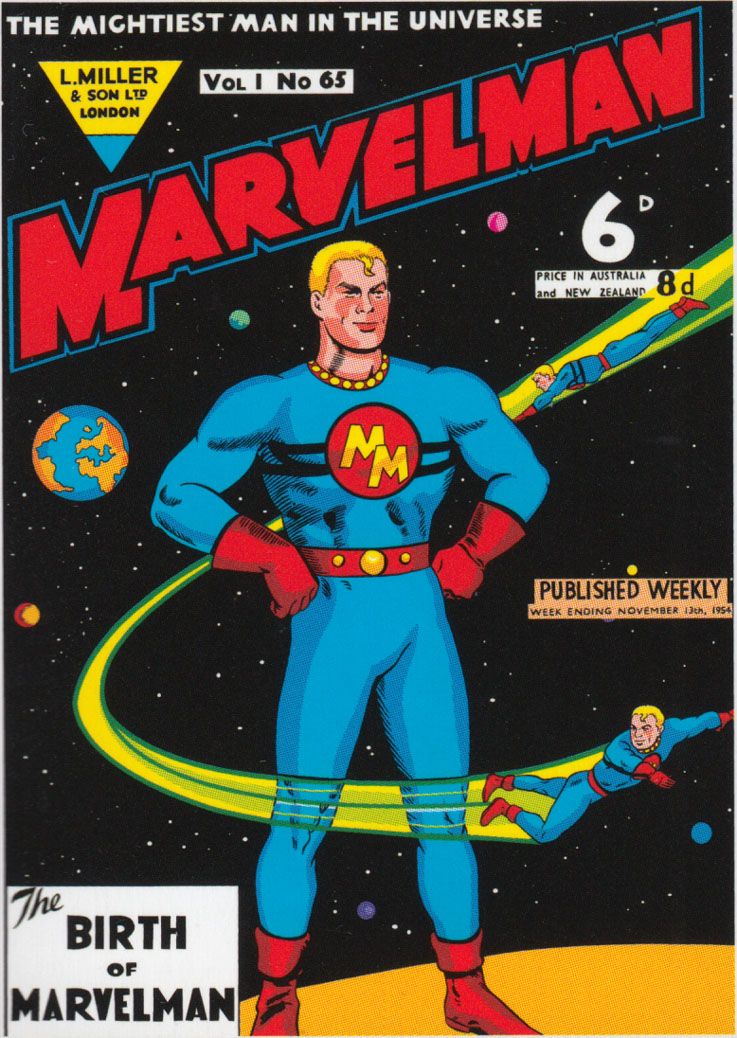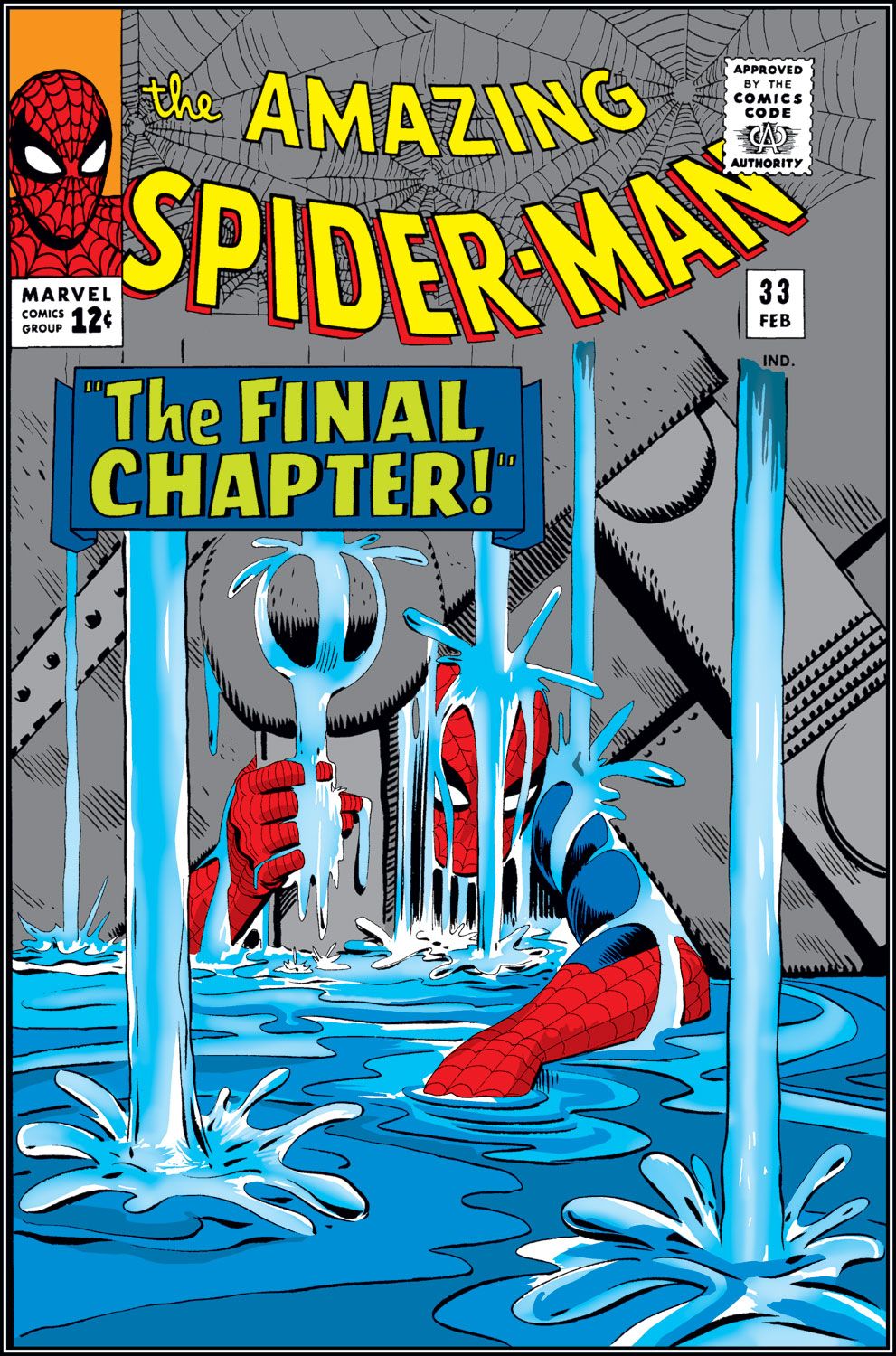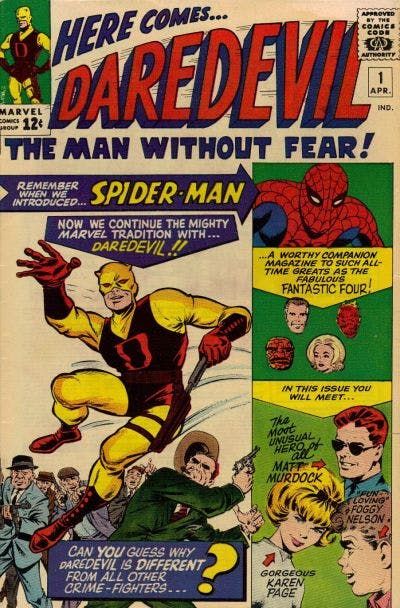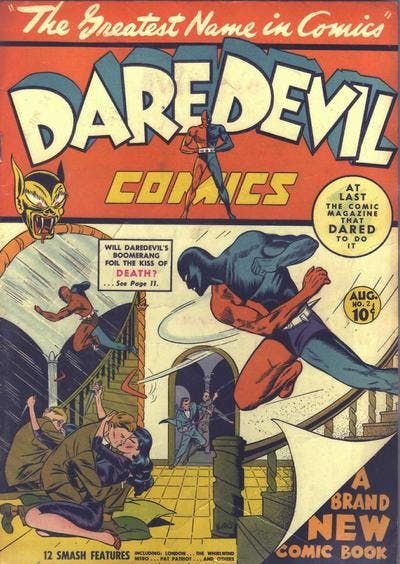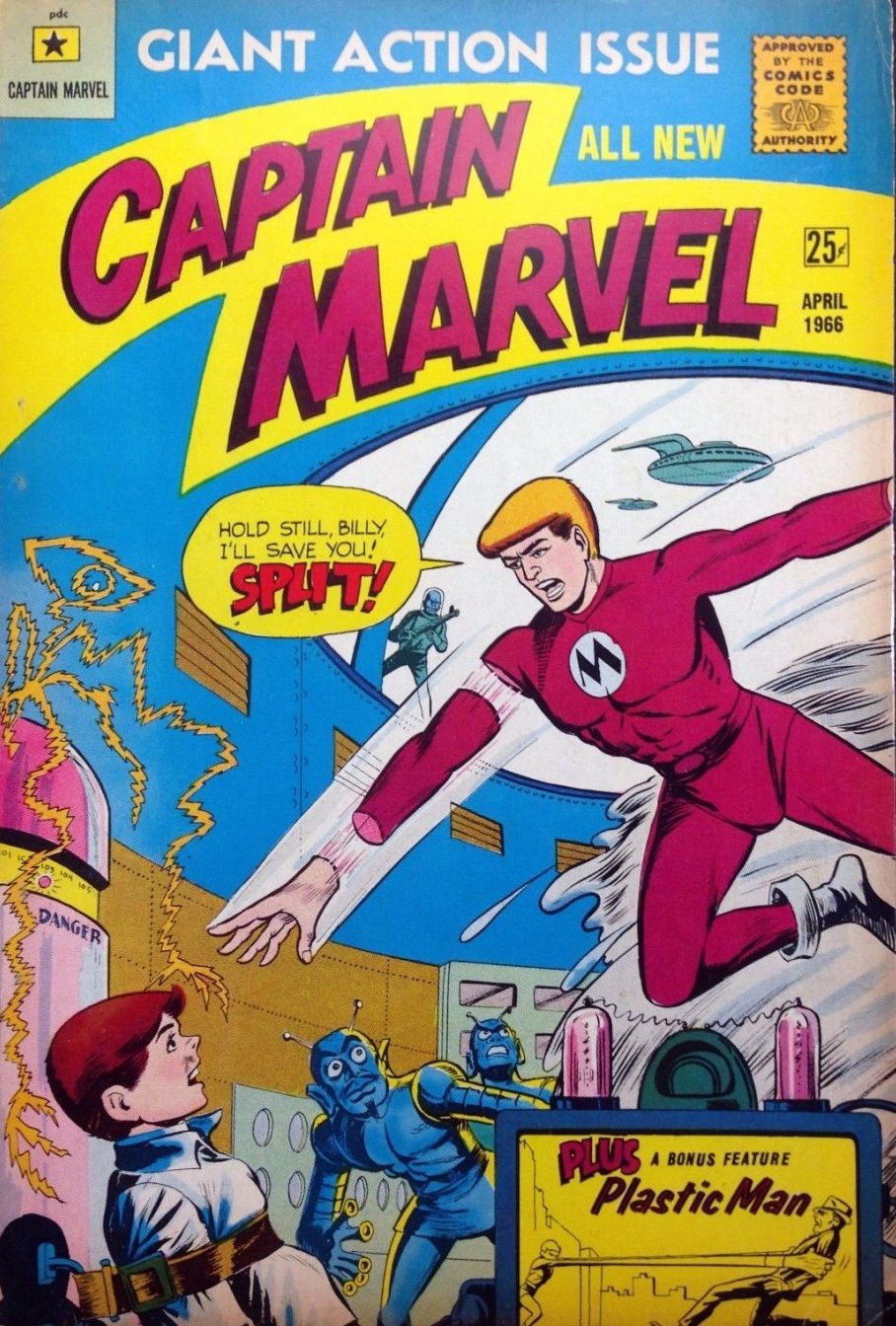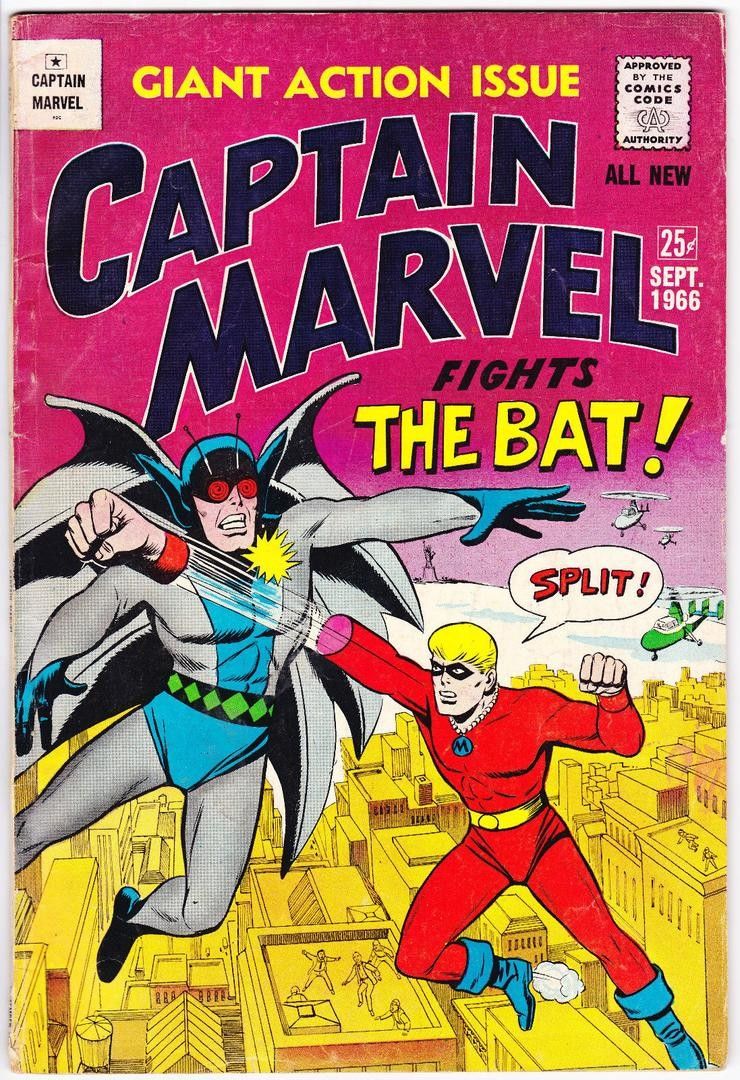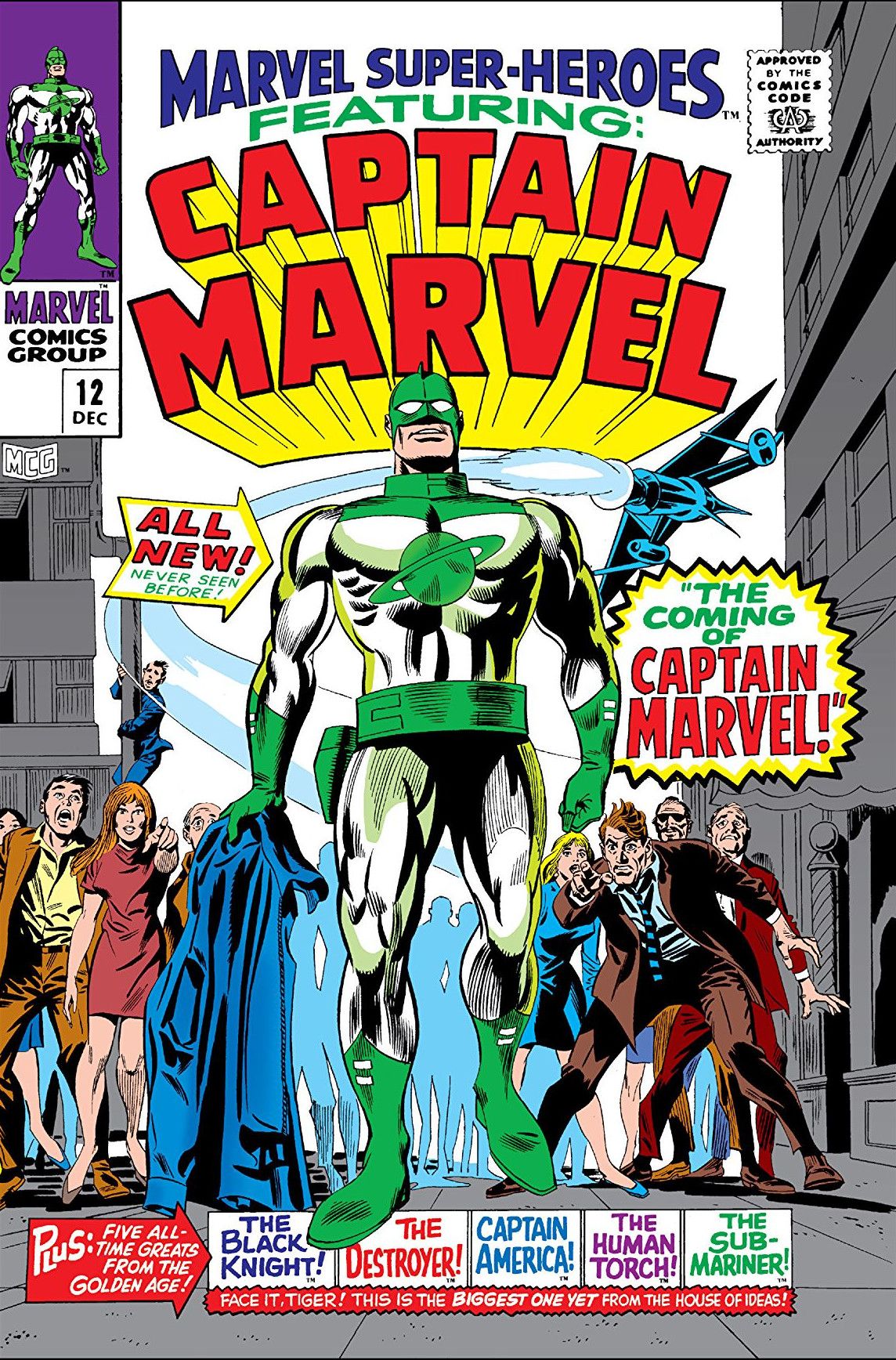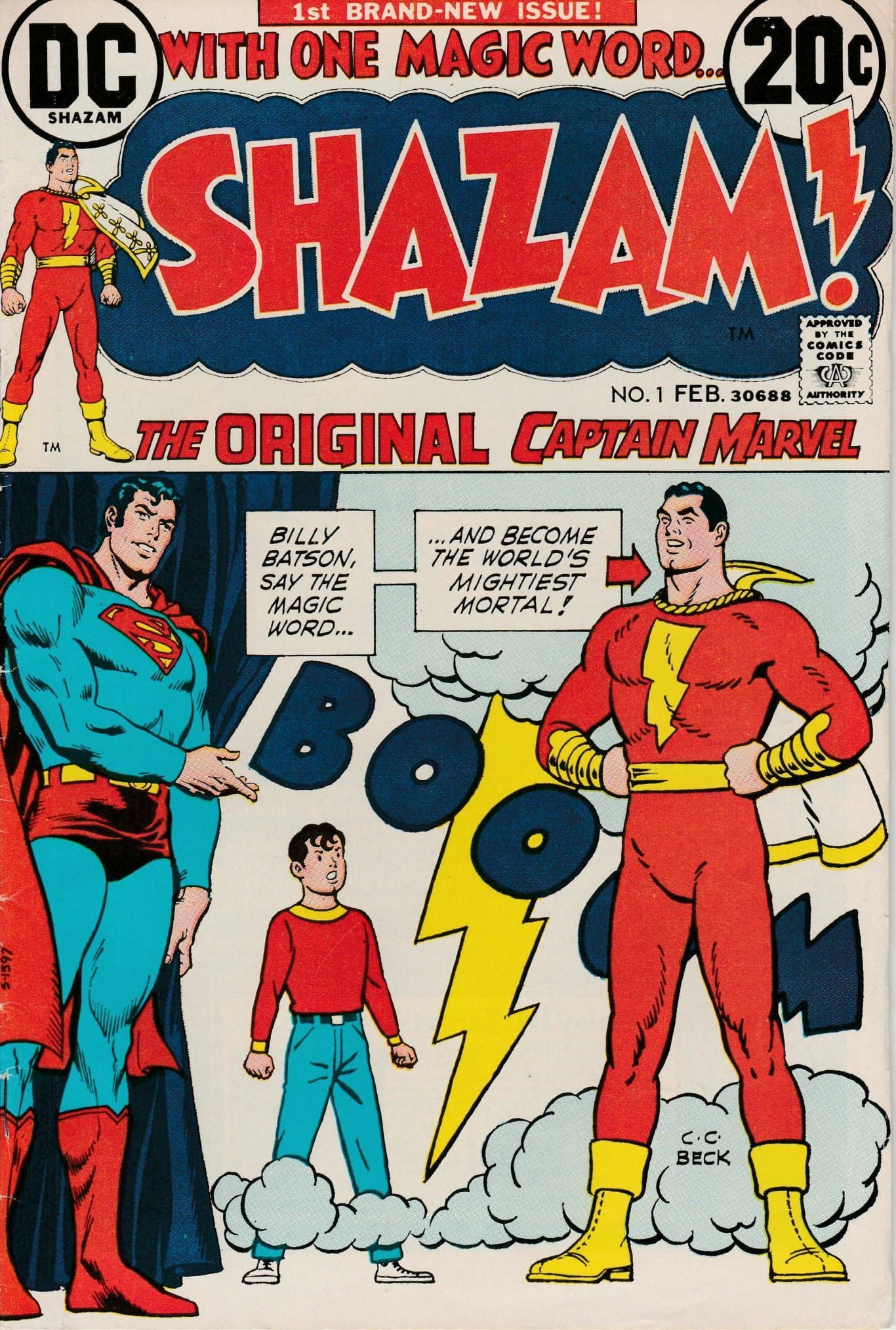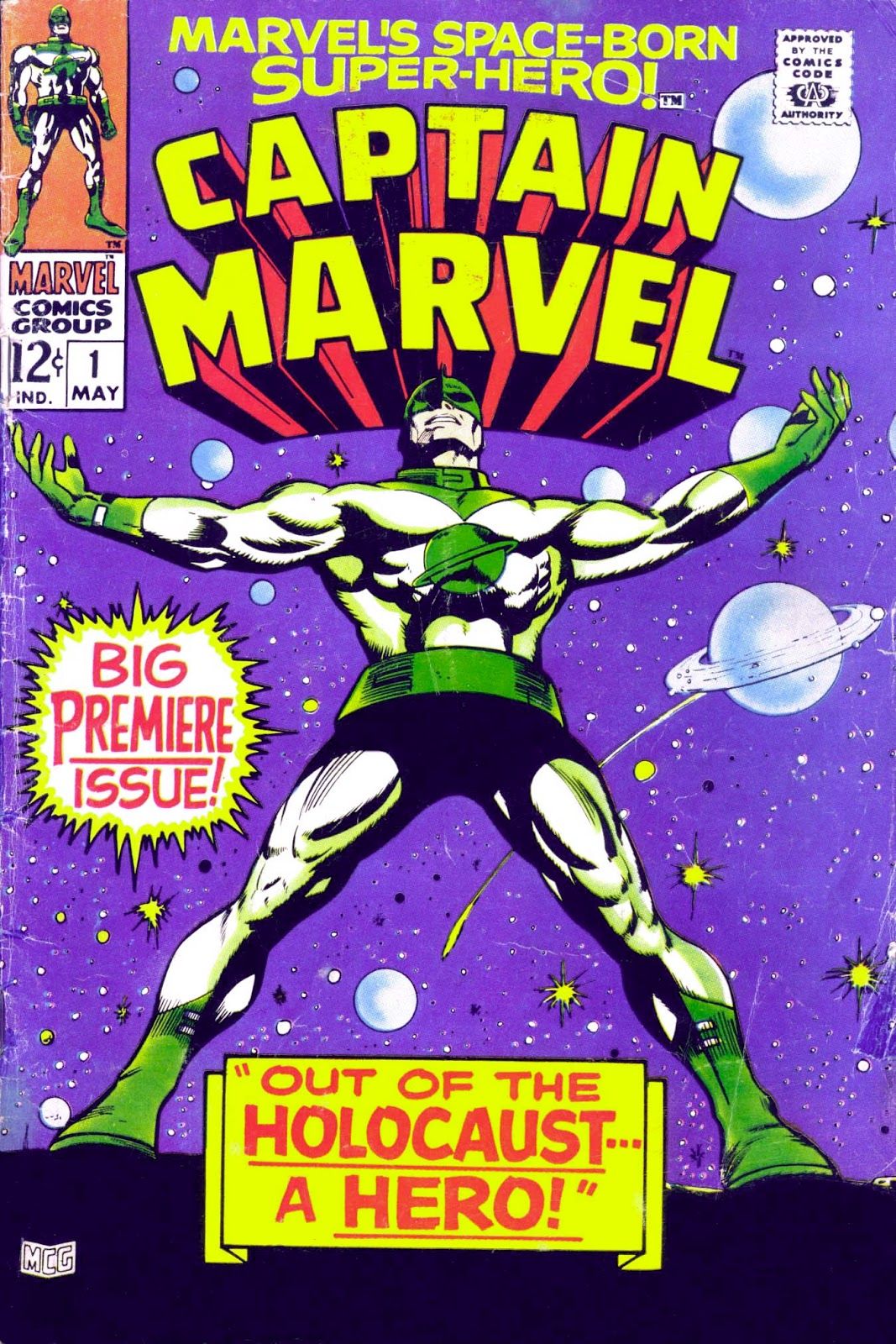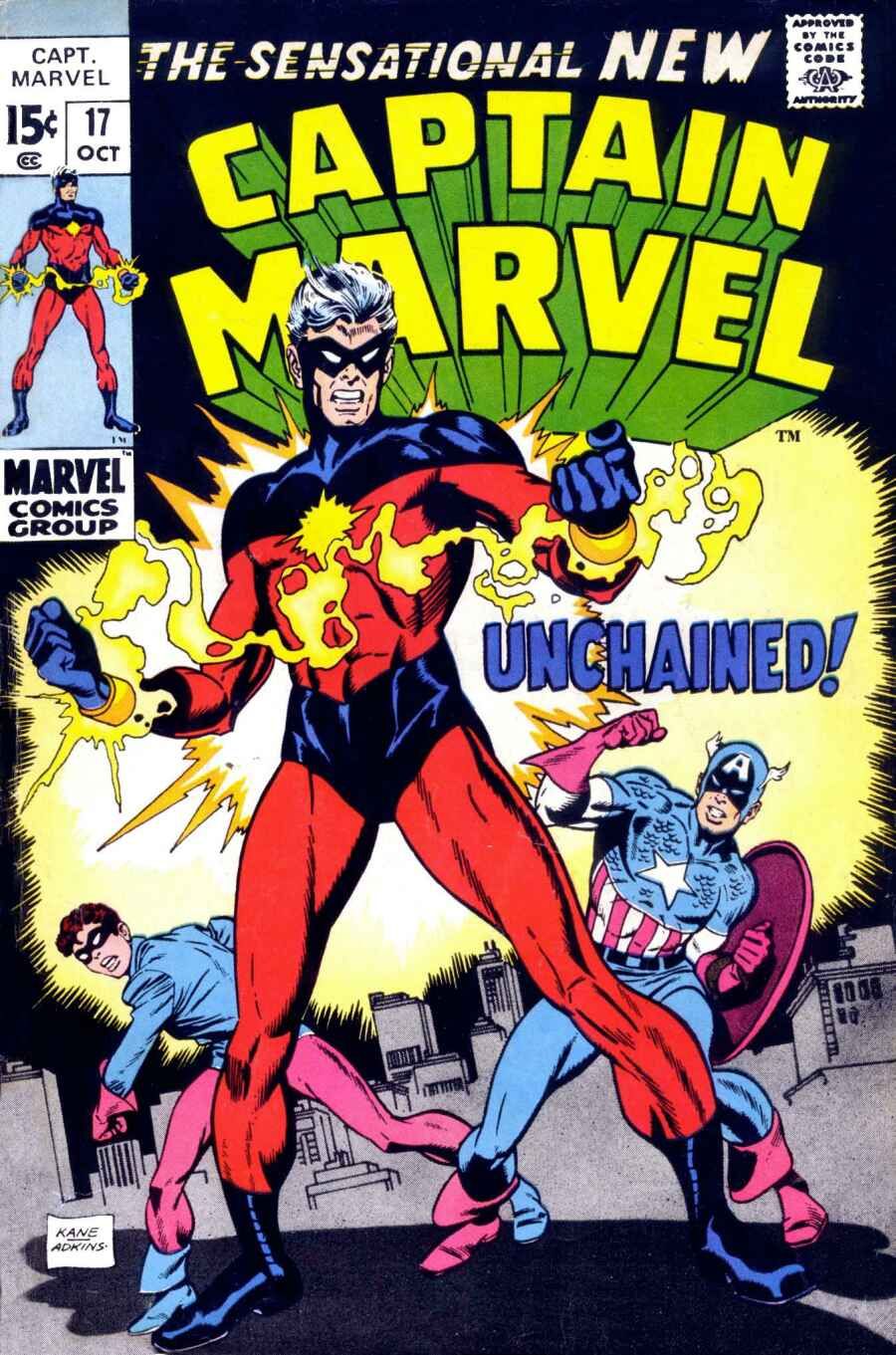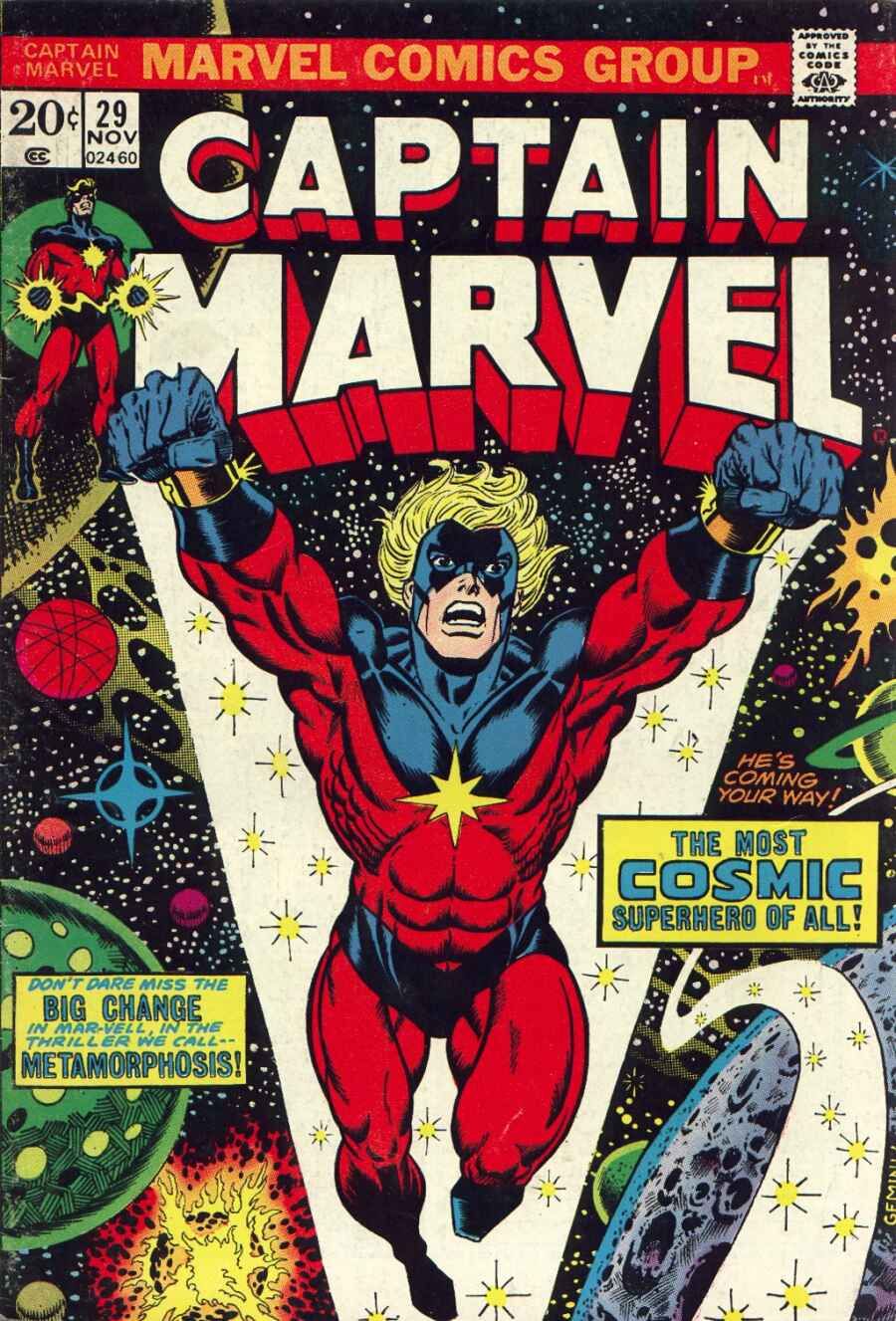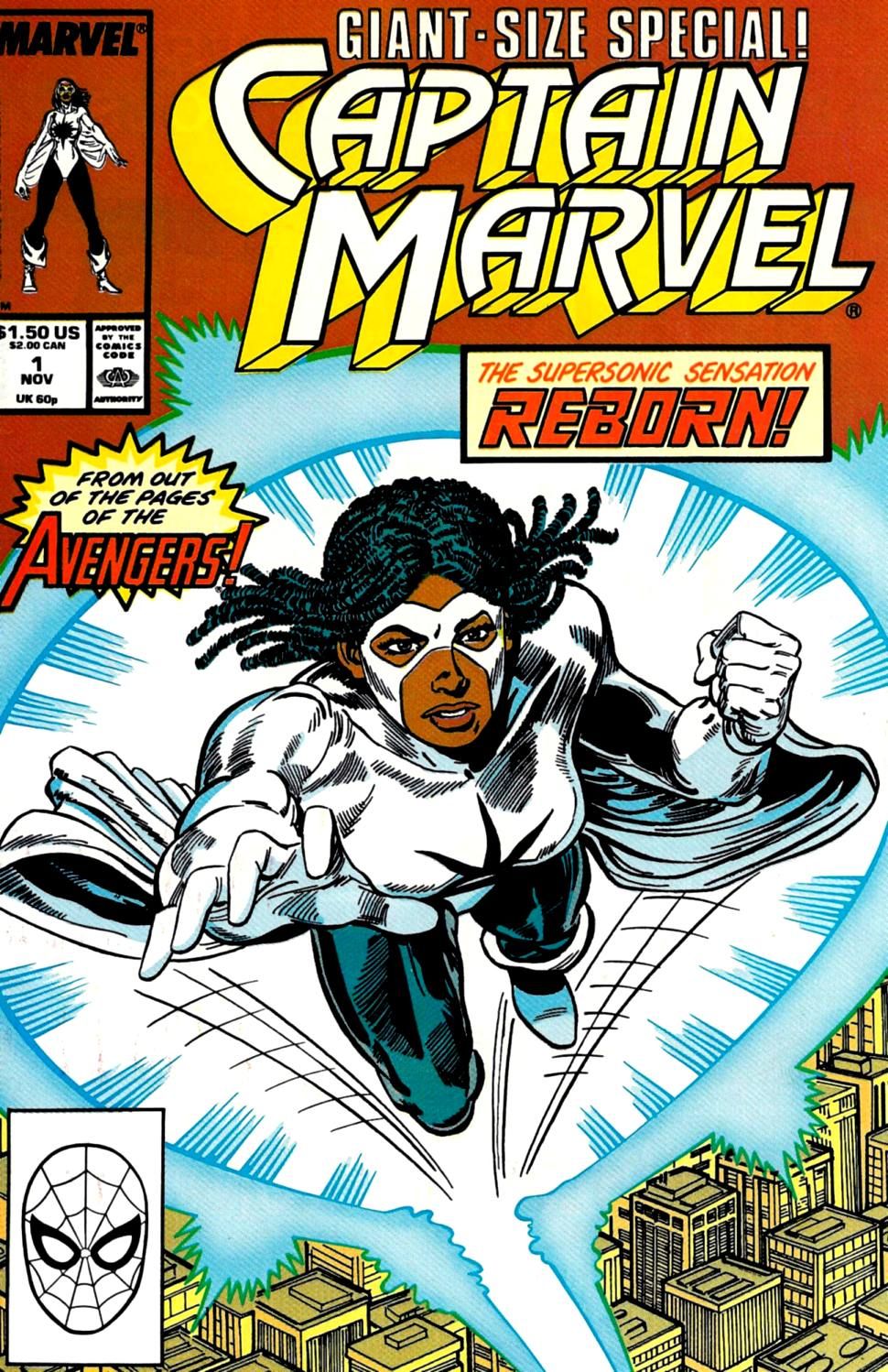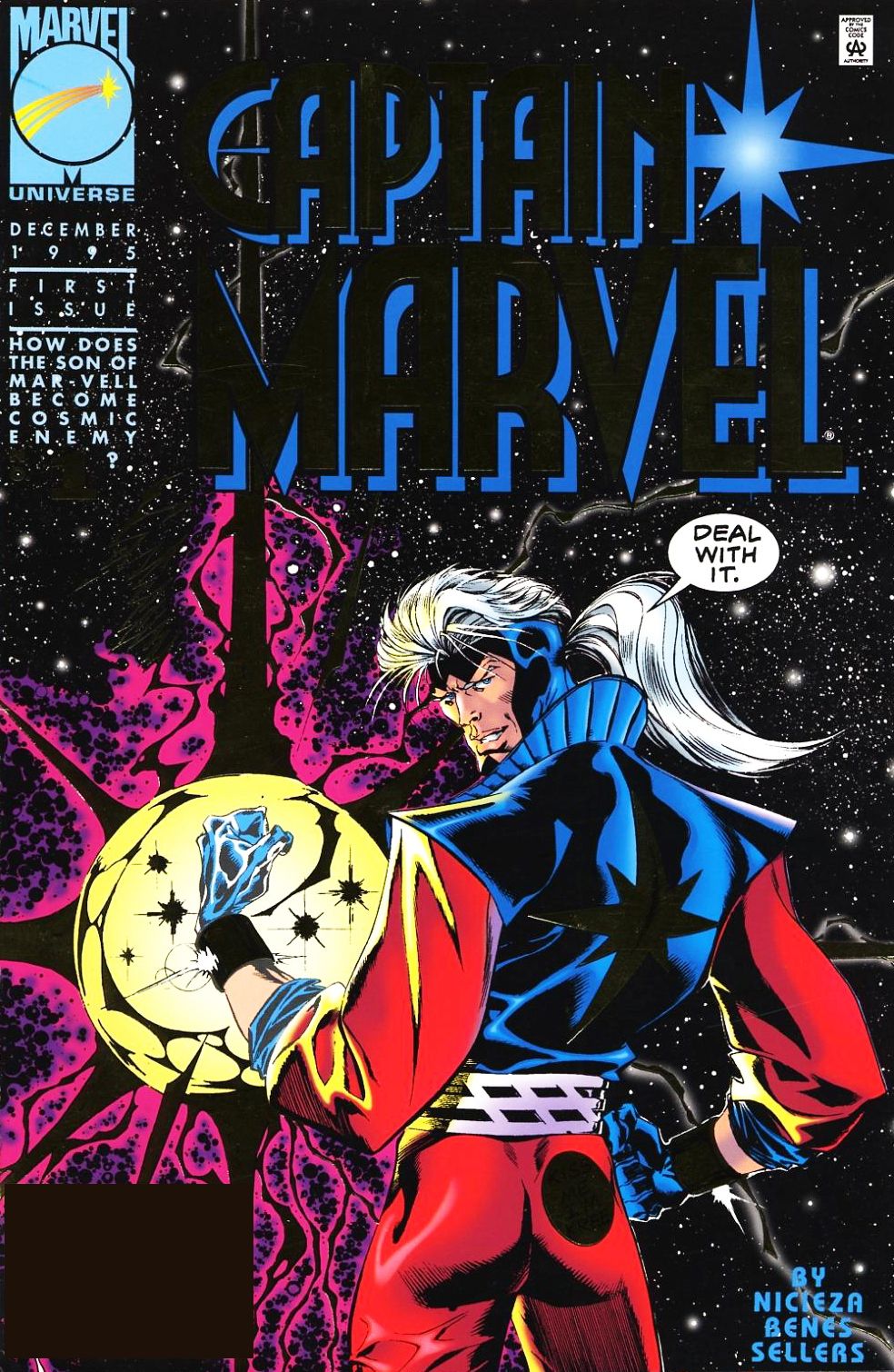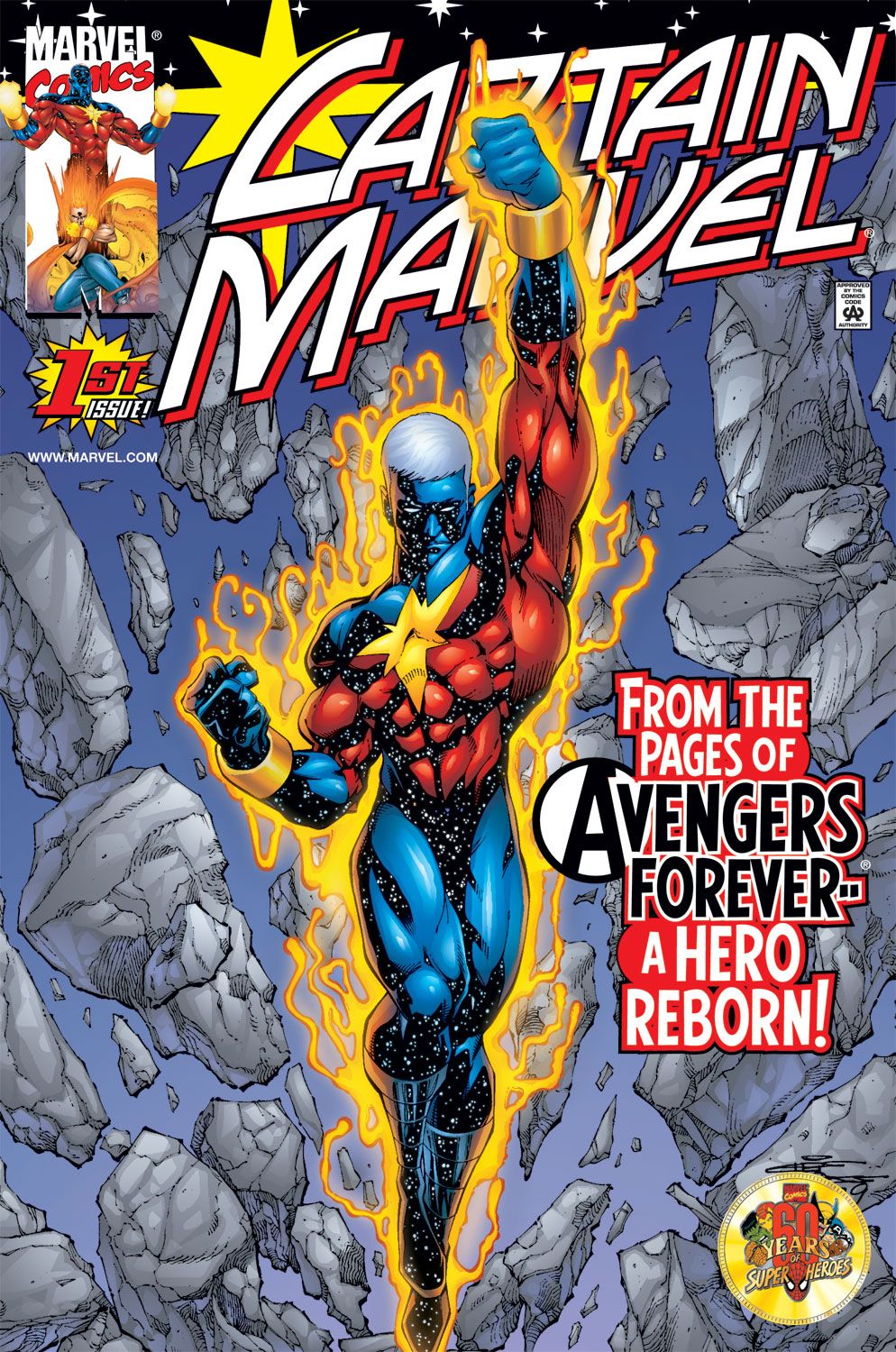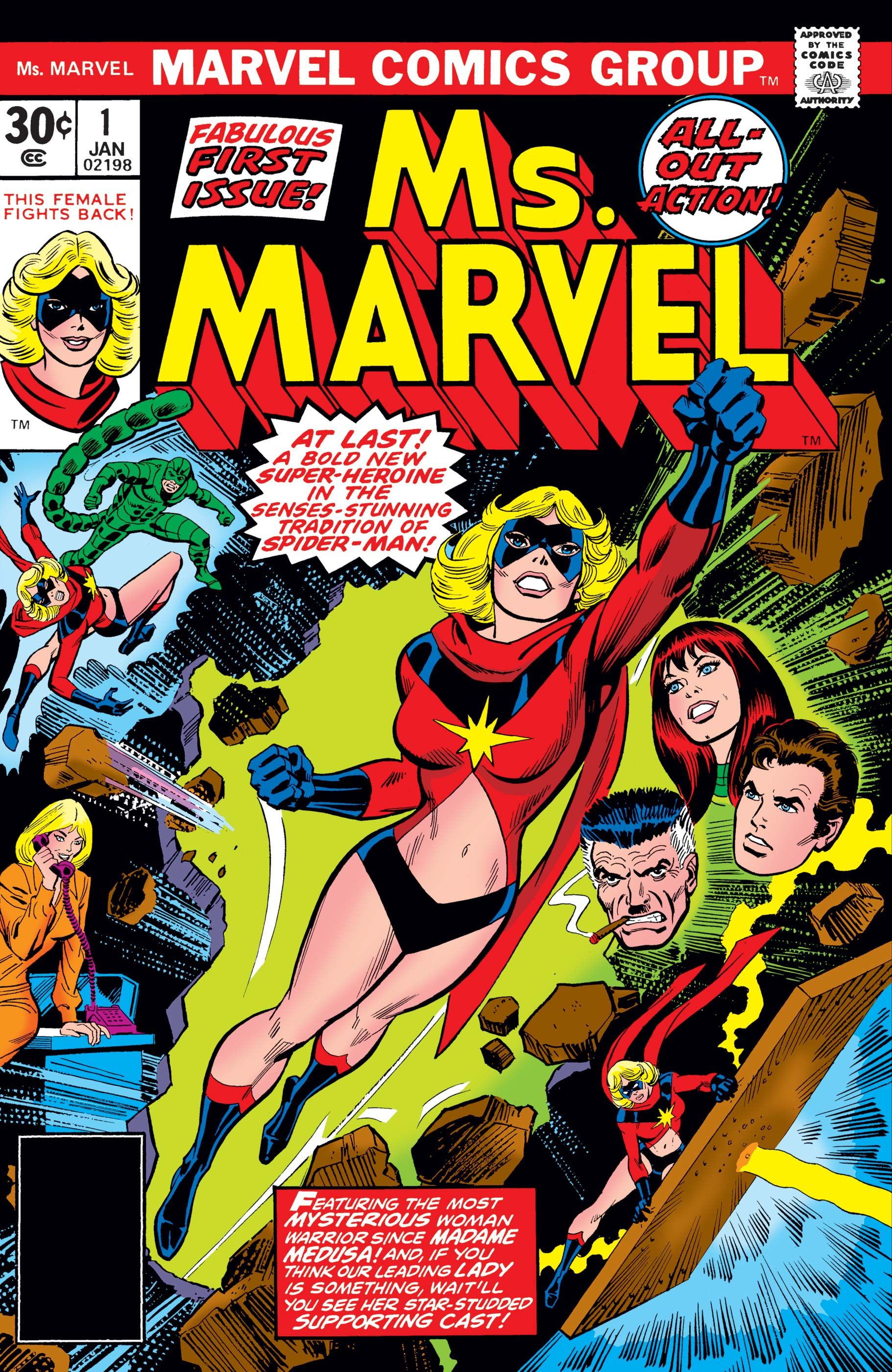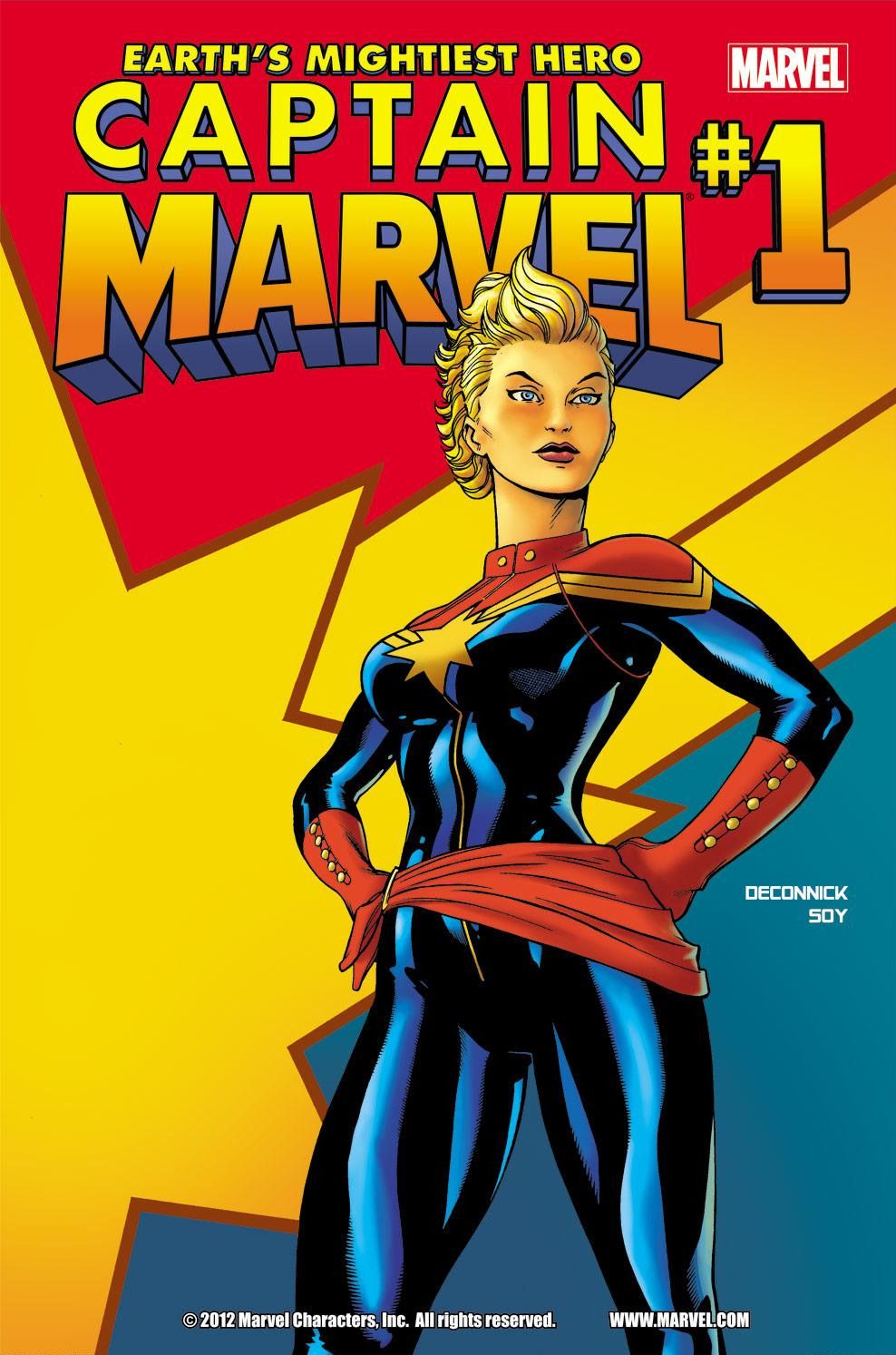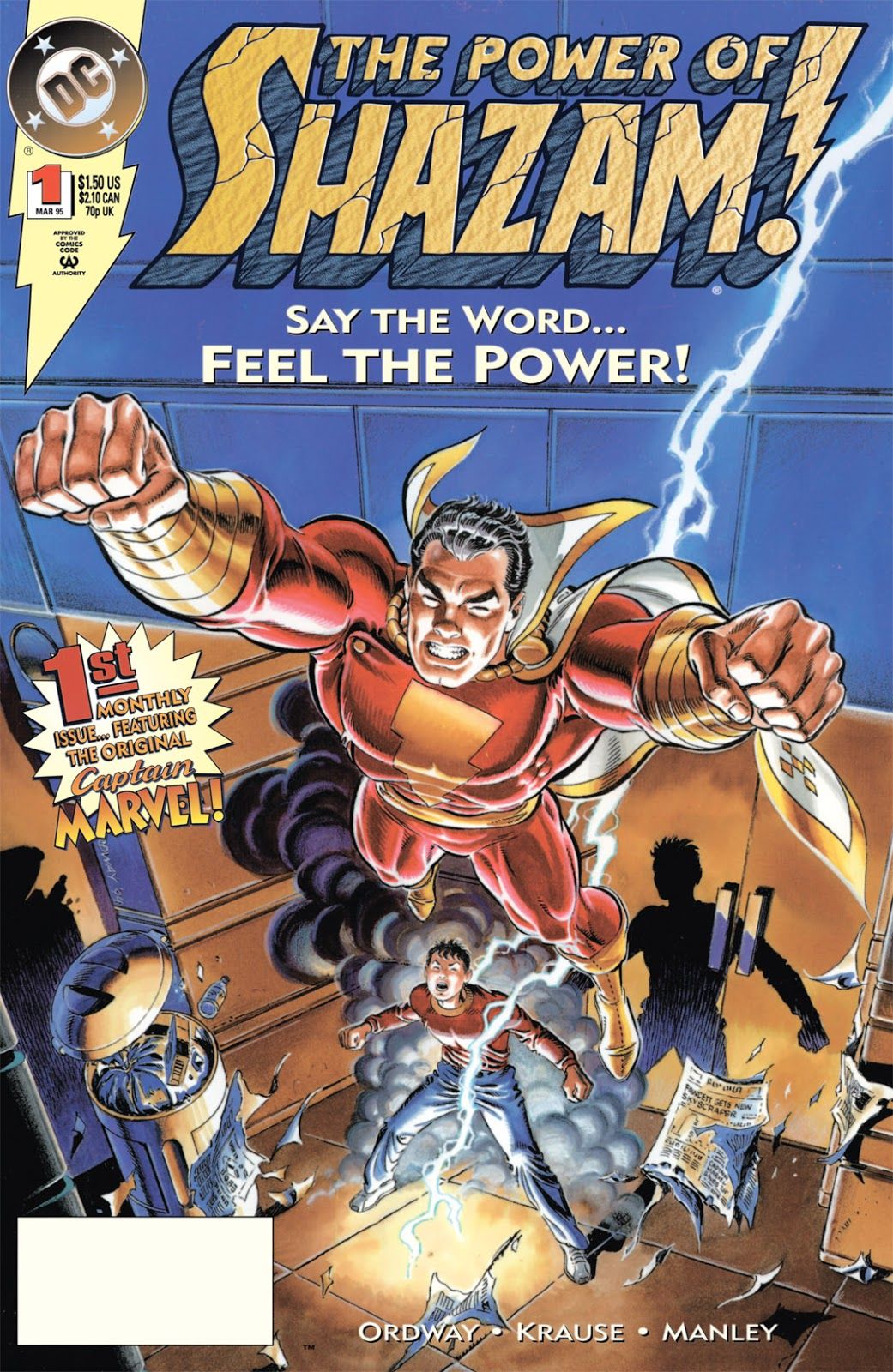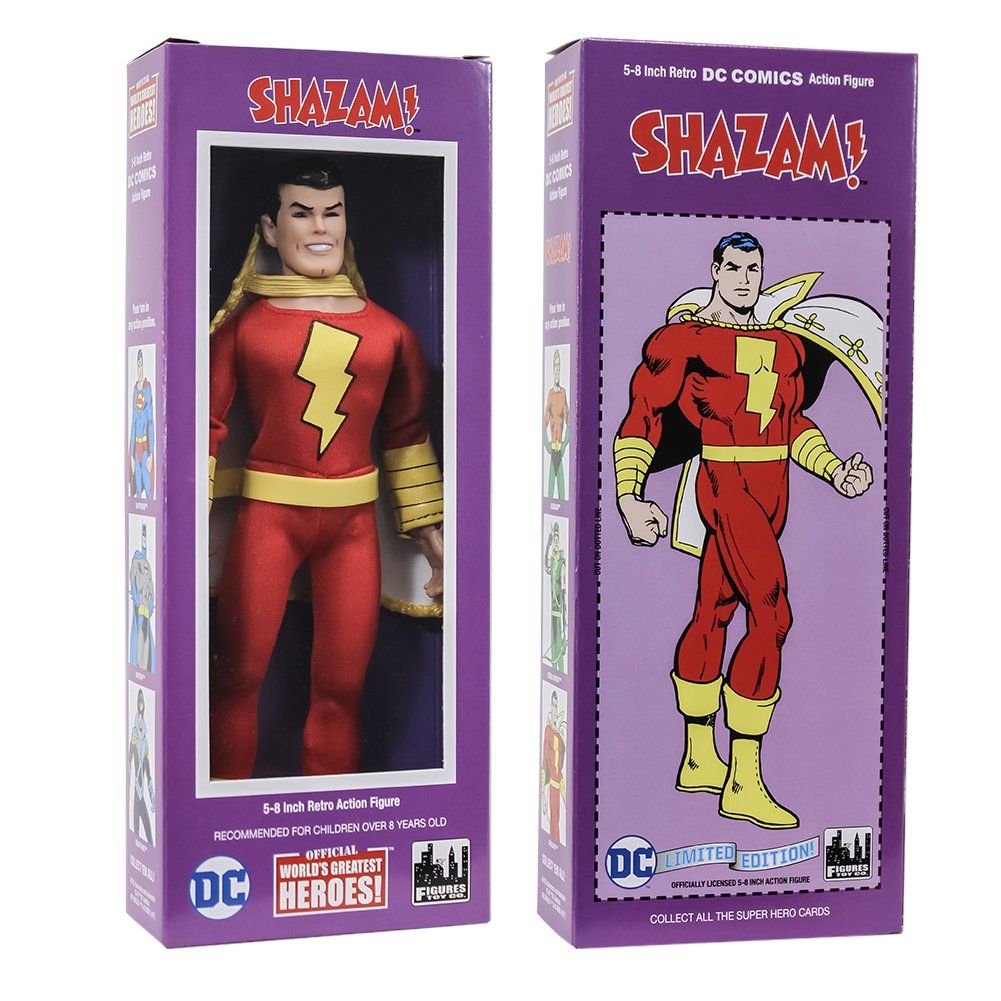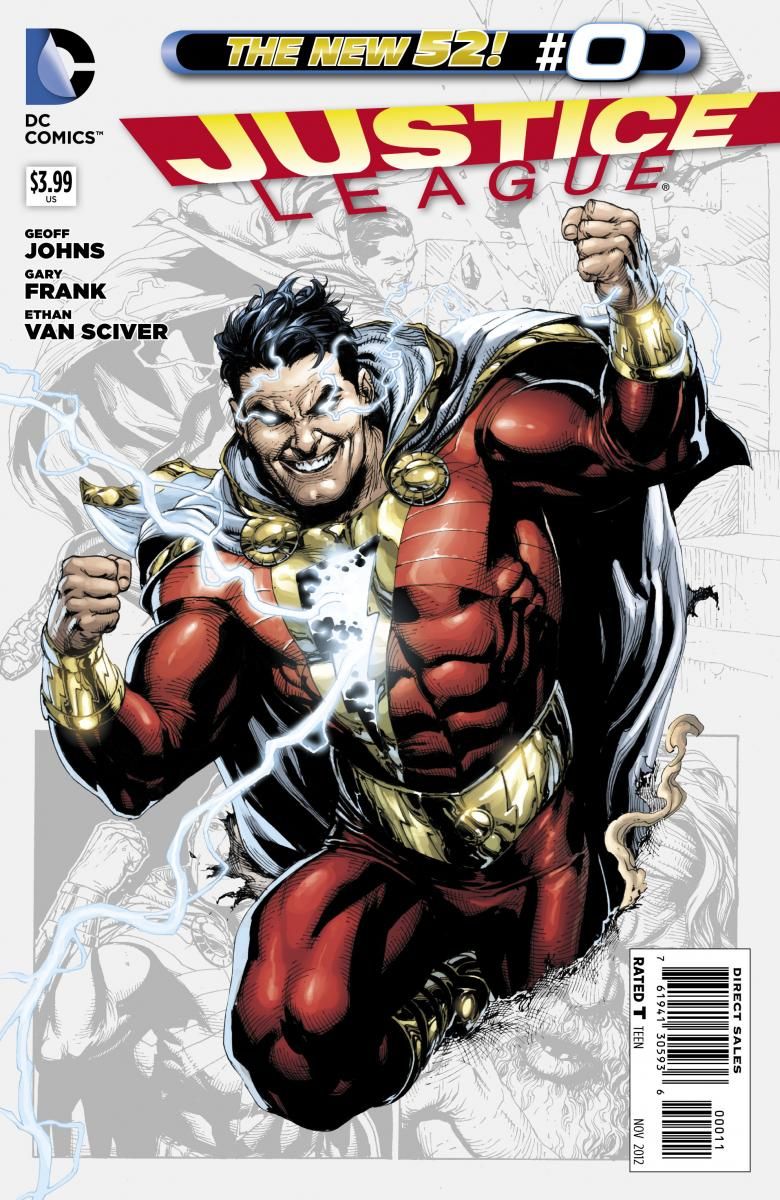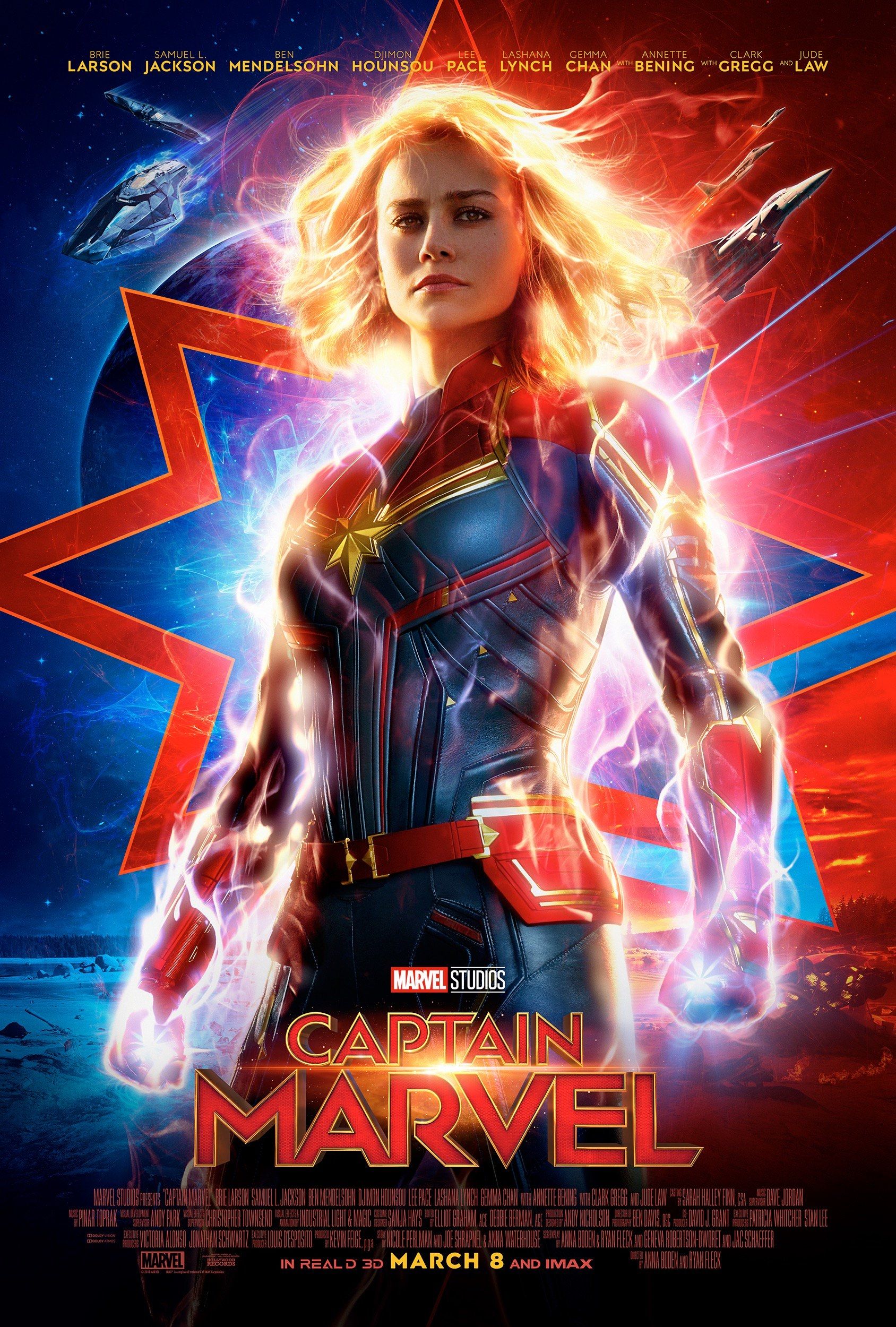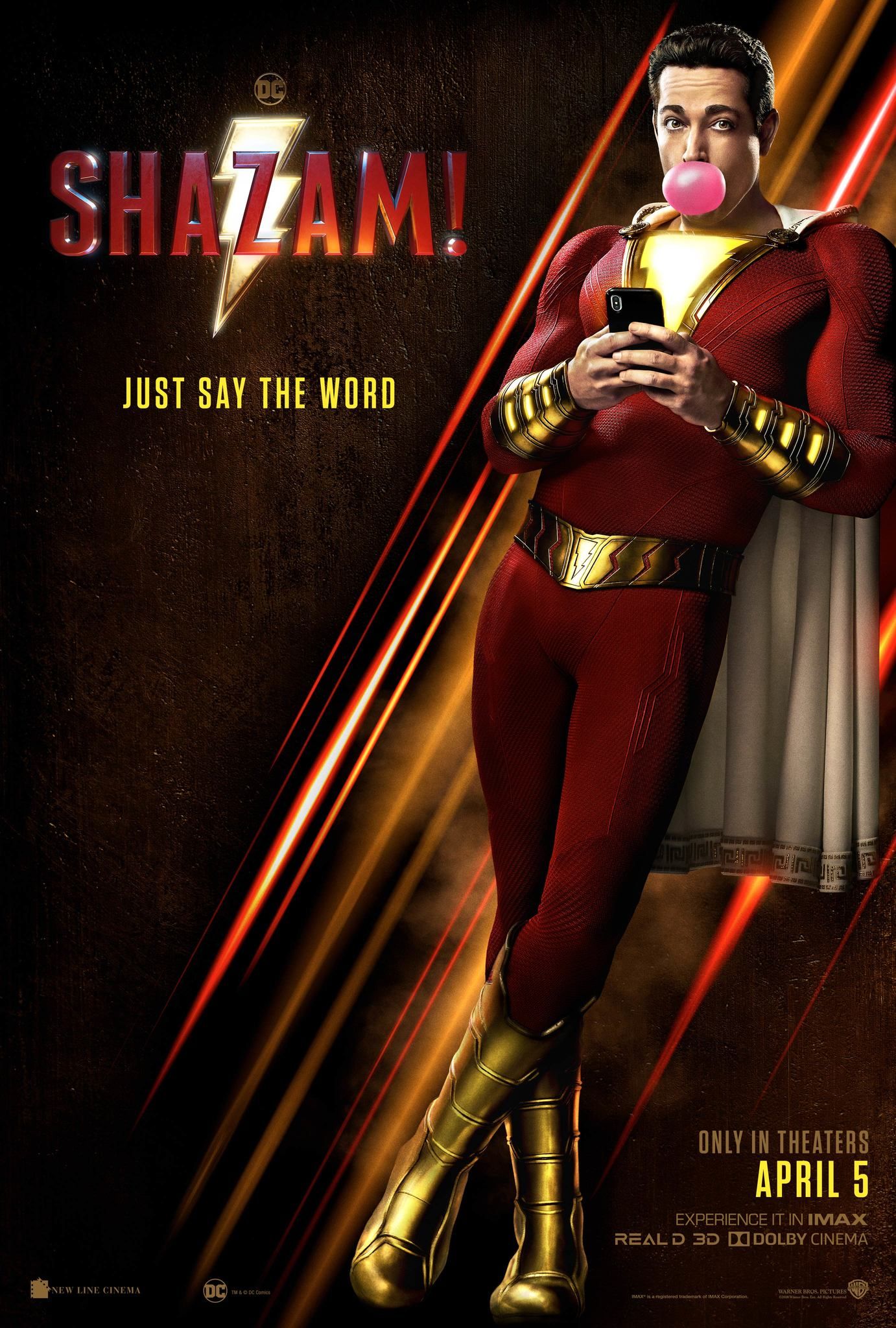Spring 2019 is set for a bizarre release schedule from Marvel Studios and DC Entertainment, as both studios are releasing big budget superhero films starring characters who are now or once were named Captain Marvel. Yes, both Marvel's Captain Marvel and DC's Shazam! star heroes who were, at one time, called Captain Marvel. In fact, DC's hero came first by a number of decades and was actually one of the most popular superheroes in the history of comic books.
Therefore, you might imagine that the story of how Marvel's upstart hero (who did not even take the name Captain Marvel until 2012) gets to call herself Captain Marvel while DC's hero is now calling himself Shazam would be a complicated one. You would be correct. It is a story involving multiple lawsuits, multiple comic book companies and at least one exploding android.
RELATED: Captain Marvel: 10 Reasons Why DC Has The Best One (And 10 Reasons Why Marvel Does)
Like many stories about comic book history, this tale begins with 1938's Action Comics #1, containing the debut of Superman, generally recognized as the first comic book superhero.
Action Comics #1 wasn't just a hit, it was a sort of cultural phenomenon, with Superman appearing in his own nationally syndicated newspaper comic strip by September 1939 (which is sort of amusing, as Jerry Siegel and Joe Shuster only turned to comic books because they couldn't sell Superman to any syndicates as a comic strip) and his own national radio program by February 1940.
Clearly, with success like that comes many imitators and a number of comic book companies started up to try to compete with the publishers of Action Comics (at the time, Action Comics was published by Detective Comics, Inc., which was a sister company of National Allied Publications and All-American Publications. The three companies all did business as DC Comics and eventually they all merged in 1946 to form National Comics Publications. It took decades before the company officially adopted the name DC Comics).
One of the first imitators was Wonderman, a creation of Will Eisner for Fox Publications' Wonder Comics #1 in 1939...
Detective Comics, Inc. sued Fox's parent company, Bruns Publications, Inc. for copyright infringement and was victorious in Detective Comics, Inc. v. Bruns Publications, Inc.
Fawcett Publications, Inc. was a successful magazine publisher that debuted a comic book division, dubbed Fawcett Comics. They launched their own Superman knock-off, Masterman, in Master Comics #1.
Detective threatened to sue and Fawcett backed down.
Then, in late 1939, Fawcett Comics debuted their soon-to-be flagship character, Captain Marvel, in Whiz Comics #2...
And so the troubles began...
Page 2: [valnet-url-page page=2 paginated=0 text='A delayed reaction']
Oddly enough, despite Captain Marvel seeming fairly reminiscent of both Wonderman and Master Man, Detective Comics. Inc. (by this point, they had also created a new company just to handle their Superman-related products, dubbed Superman, Inc.) did not sue Fawcett right away. All of 1940 and most of 1941 passed without incident.
The turning point occurred when Superman, Inc. was rebuffed in an attempt to release a Superman film serial with Republic Pictures.
RELATED: How Can Shazam Say His Own Name Without Turning Back Into Billy Batson?
You might be familiar with the Superman cartoons that were released by the Fleischer Studios animation studio in conjunction with Paramount Pictures...
Superman, Inc. did not believe that its deal with Paramount for the Superman animated films precluded Superman, Inc. from doing a live action film serial, as well, but apparently the deal did, in fact, prevent Superman from making his live action film debut in a serial for Republic.
Instead, Republic just decided to do a Captain Marvel serial, instead...
Seeing what could have been its Superman film on the silver screen was too much for Superman, Inc,, so the company sued Fawcett Publications, Inc. and Republic Studios for copyright infringement in September of 1941.
The issue, of course, is that the lawsuit was about to be interrupted by a little matter of a world war. In December of 1941, the United States' naval base in Pearl Harbor was attacked and the United States entered World War II. Thus, the lawsuit was delayed for a number of years.
During this period, Superman continued to do tremendous sales....
However, Captain Marvel sold even better at times during the 1940s, with 1944 being a highwater mark for Captain Marvel and his ever-growing "Marvel Family" of heroes, like Captain Marvel Jr. and Mary Marvel...
They were averaging a million copies sold at one point!
The trial finally began in 1948, by which point Detective Comics, Inc. and Superman, Inc. were now part of National Comics Publications, hence the lawsuit being titled National Comics Publications, Inc. v. Fawcett Publications, Inc (Republic Studios was also dropped from the lawsuit by this point).
The companies went back and forth in court trying to prove whether Captain Marvel was similar enough to Superman to infringe on his copyright. In 1950, the court ruled in favor of Fawcett, but only on a procedural issue (some of the Superman comic strips were accidentally released without copyright notices on them, thus the court ruled that National had abandoned its copyright). Even while ruling in favor of Fawcett, the court noted that it believed that Fawcett had infringed on National's copyright, it just believed that National had abandoned that copyright, so it didn't matter.
In 1951, National appealed to the United States Court of Appeals for the Second Circuit, where Judge Learned Hand, one of the most famous judges in American history (who had only recently been appointed to the Court of Appeals. He had actually presided over the aforementioned Detective v. Burns case years earlier), overturned the initial ruling and found that only the copyright on those individual mislabeled comic strips had been abandoned, not the general Superman copyright. Hand, too, found that Fawcett had infringed on National's copyright and sent the case back down to the lower courts to determine how much they had infringed.
Sales on Fawcett's comic book line had dropped considerably in the late 1940s/early 1950s, so rather than continue to fight the issue in court, Fawcett agreed to cease publication of its comic book line (the magazine line continued well into the 1980s) and paid National $400,000 in damages. Fawcett's last issue of Captain Marvel Adventures came out in 1953.
Amusingly, L. Miller and Son, a British comic book company that had been publishing Captain Marvel reprints, decided to continue the comics themselves, with Captain Marvel becoming Marvelman...
Captain Marvel was now, for all intents and purposes, dead.
Page 3: [valnet-url-page page=3 paginated=0 text='Captain Marvel is dead! Long live Captain Marvel!']
Here is where we get into the wonderful world of trademarks vs. copyrights. A copyright is a legal right given to the creator(s) of an original work that give them control over how the work may be used by others. In the previous lawsuits, the owners of the Superman copyright (in this case, determined to be Detective Comics, Inc. after it purchased the rights to the character from Jerry Siegel and Joe Shuster) had control over how the original work (Superman) could be used. The courts determined that Wonderman and Captain Marvel were, in effect, unlawful copies of that original work, so they were not allowed.
Trademarks, on the other hand, are merely what they sound like, marks used in trade. National Comics had a federal trademark on the name "Superman," which means that it is the only company that can produce a comic book (or related work) with Superman in its title. The notion is nominally to protect the consumers, so if they purchase a product with Superman in the title, they know what they are getting in their purchase. Of course, while it is meant for consumer protection, it also serves as protection for the companies involved, as it makes sure that the companies are the only ones that can use valuable marks like Superman or Batman in the market.
RELATED: Captain Marvel is the Most Important MCU Film Since Iron Man
One way to show the difference between trademark and copyright is to say that you invented a comic book character who is the world's best building superintendent. You call your character Superman. He has nothing to do with the character from the Superman comic books, so you have not infringed on the copyright for Superman. Your original work is suitably distinct from the Superman original work. Okay, but even thought it is not infringing on Superman's copyright, you still would not be allowed to title your comic book "Superman," since National has a trademark on that term. Again, the idea is to avoid confusing the consumers. If they see a comic book called Superman, they want to be able to pick it up and know what they're getting.
Copyrights last for a federally mandated length of time. Trademarks, though, only last so long as you actually use the mark in trade (but if you continue to use them, then they can last essentially forever). If you don't sell a product with the trademark in the title, you are eventually determined to have abandoned the mark and thus others can begin to use the mark instead.
Well, as we mentioned before, Fawcett ceased publication of all of their comic books in 1953, so by the mid-1960s, it would be considered to be abandoned. In the early 1960s, a longtime comic book company that had begun life as Timely Comics took on the name Marvel Comics and became a big success...
In 1964, Marvel had launched a new series, Daredevil, using the name of a similarly abandoned trademark Golden Age hero and so Marvel now had the trademark on that title...
However, before Marvel could put out a Captain Marvel comic book, it was beaten to the punch by Myron Fass and his M.F. Enterprises, who released a bizarre comic book about an android who could explode his body parts away from himself (by saying "Split") and then reconstitute himself called Captain Marvel...
The book seemed design to just try to corner as many trademarked superheroes and villains as possible...
It went under by 1967 and Marvel quickly jumped in and introduced its own Captain Marvel, securing the Captain Marvel trademark for Marvel Comics...
So everything was settled now. The only thing that could cause any confusion is if the original Captain Marvel suddenly returned to comics...
Page 4: [valnet-url-page page=4 paginated=0 text='Shazam!']
Sure enough, DC Comics worked out a deal with Fawcett to license its superhero characters for a new line of comic books starring Captain Marvel and his Marvel Family. Again, since copyright is different than trademark, DC could call the characters Captain Marvel inside the comic, but on the cover, DC had to come up with another name for the books.
They came up with Shazam!, the magic word that Billy Batson said to turn into Captain Marvel...
Initially, DC also included a small mention of Captain Marvel's name on the tittle, as well, until Marvel told DC to cut it out and so the company dropped all mentions of Captain Marvel on the cover.
RELATED: The Reason for Shazam!'s Exclamation Point, Revealed
The only problem for Marvel, though, is that since the way that trademark works is that it must be used in trade/commerce, Marvel had to continue to publish Captain Marvel comic books or else it could risk abandoning the mark itself.
So the alien, Mar-Vell, got his own comic book in 1968...
It did not sell that well, so it was revamped by Roy Thomas and Gil Kane (amusingly, Thomas brought Rick Jones into the book and had him switch places with Captain Marvel when they clanged special Nega Bands, in an homage to the original Billy Batson/Captain Marvel dynamic)...
And then revamped again by Jim Starlin...
Marvel ultimately decided to kill Mar-Vell and then replace him with a new female Captain Marvel...
She, in turn, was replaced by Genis-Vell, the son of Mar-Vell...
He, too, got a revamp during Avengers Forever in 1999...
Finally, in 2012, Mar-Vell's old supporting cast member, Carol Danvers, who had become the superhero known as Ms. Marvel...
took over as Captain Marvel...
Meanwhile, over at DC Comics, the company eventually purchased Fawcett Comics' characters outright in 1991. DC was still stuck with titles that just used Shazam, like Power of Shazam...
One of the biggest problems with the trademark issue is the outside licensing. For instance, action figures of Captain Marvel can't be called Captain Marvel because of the trademark issue, so they have to be called Shazam...
Ultimately, DC just decided that it was better to simply embrace the trademark that it did have, Shazam, and in 2012's Justice League #0, Captain Marvel's origin was officially rebooted so that he was now always known as Shazam...
That brings us to today, where Marvel has its Captain Marvel movie coming out...
and DC has its Shazam! movie...
Eventually, most fans will only known the hero formerly known as Captain Marvel as Shazam. It's a bit of a shame, but that's how the intellectual property rights fell.

